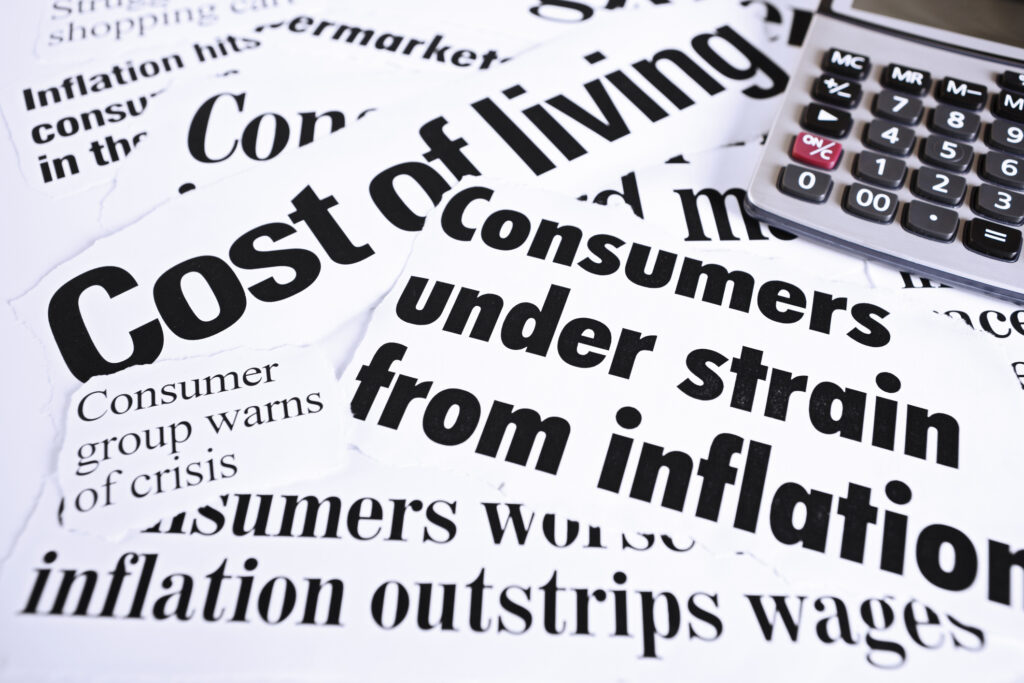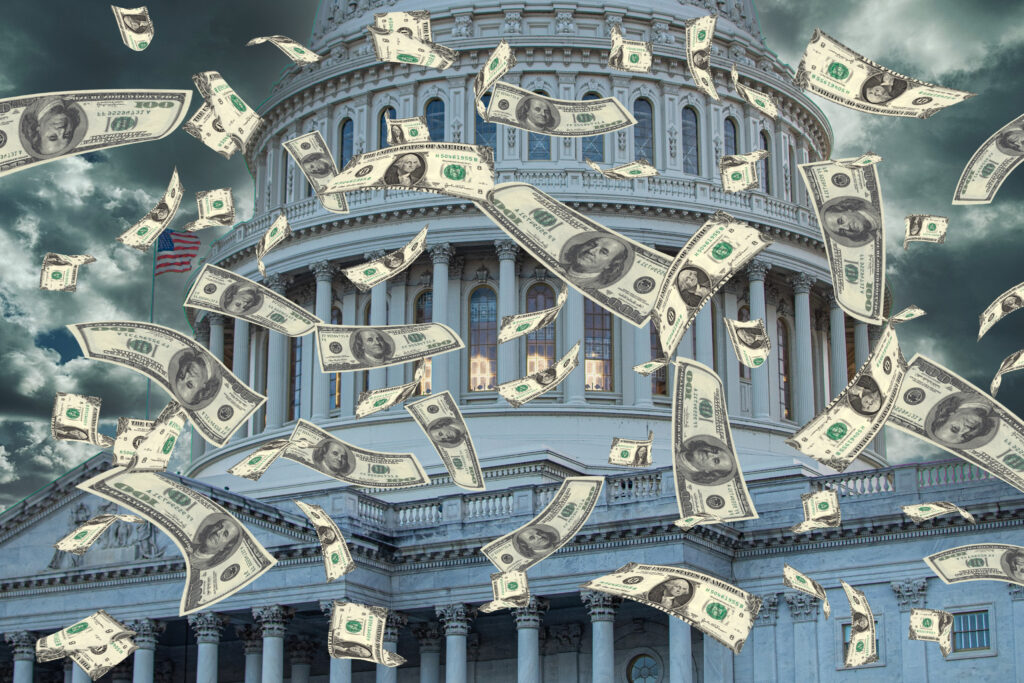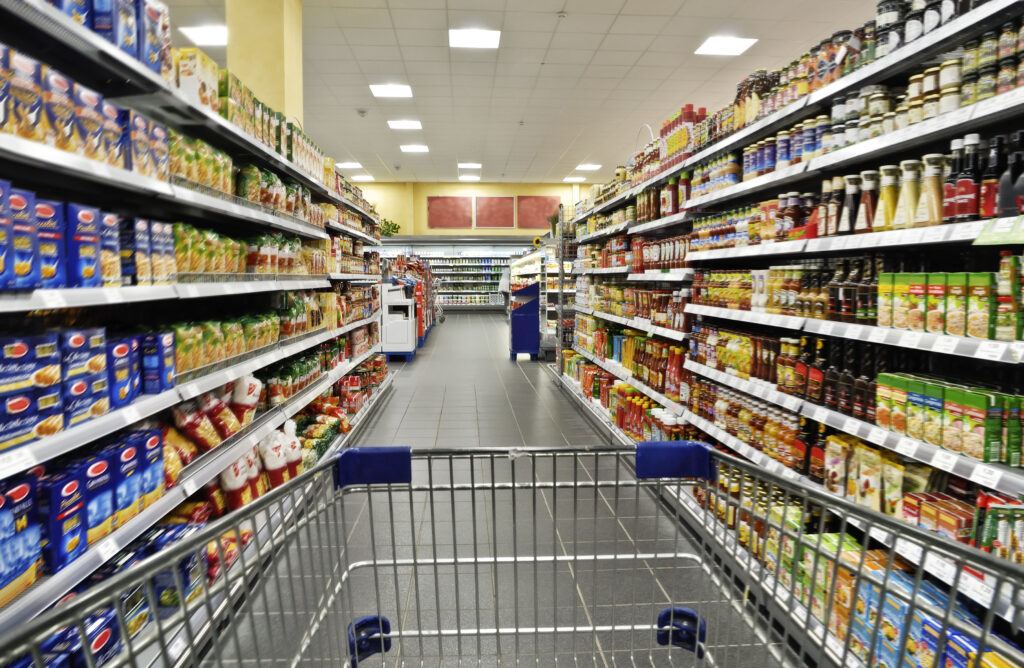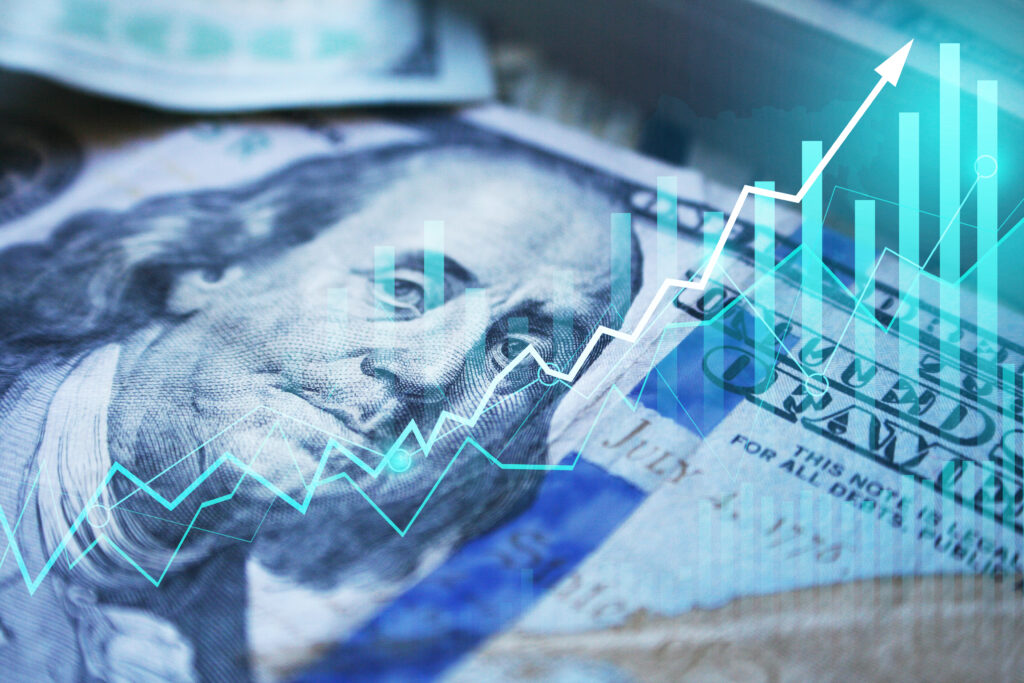The Groceries Election, According to Trump

In an interview on Sunday, President-elect Trump attributed his win to a simple reason: ”Very simple word, groceries… I started using the word – the groceries. When you buy apples, when you buy bacon, when you buy eggs, they would double and triple the price over a short period of time, and I won an election based on […]
New Inflation Trending

This morning’s new inflation report showed a slight moderation in year-over-year inflation (2.5%) but with core inflation up 3.2% from a year ago. The year-over-year rate is the lowest since March 2021, the month that the American Rescue Plan was passed. But with inflation still well over 2%, this result seems to indicate there might […]
Deficit Claims From The Presidential Debate

Democrats are in full-scale panic after last week’s disastrous debate. Subsequent coverage has focused on the President’s performance, but today we are addressing one of the debate statements about the deficit. In the debate, President Biden said: “He [Trump] had the largest national debt of any president in a four-your period, number one.” At the Office of […]
Biden Ad Analysis By Level Of Education

Recently, the Winston Group released its latest video analysis, looking at the Biden campaign’s “For You” ad. The analysis confirmed what we have observed in past surveys and analyses: President Biden has a credibility problem, especially when it comes to the economy, and has made many statements that voters do not believe. This is particularly […]
Is Biden’s Blue Wall Collapsing Over Inflation?

Surveys show President Biden in deep trouble, but Democrats believe voters are disengaged and they have plenty of time to get their message out. Some are choosing to ignore surveys that show Biden behind, which is similar to Republicans that didn’t believe polls showing anything other than a Red Wave in 2022. Democrats would be […]
Newt Gingrich: Bidenflation at the Grocery Store

Newt Gingrich cites our inflation numbers in his commentary yesterday: Winston and Miller rightly make the point that the impact of the economy over an entire presidency is far more useful than tracking one or two months. Viewed over the entire Biden presidency, the economic pain is beginning to resemble the Jimmy Carter years, when […]
Education Level and the View of Biden’s Economic Performance

One of the key areas of concern for the Biden administration heading to the election this fall is inflation. Axios reported yesterday that the White House released a memo on inflation, detailing what it is doing to help address rising costs. “It’s an attempt,” as Axios says, “to tell Americans that the White House is […]
Does Education Matter in Views Of The Economy?

One of the challenges President Biden is facing heading into the November elections is convincing voters that the economy is going well. As David wrote in a recent column for Roll Call, many voters don’t buy the economic messaging coming from Biden and the White House. Some, like economist Paul Krugman, dismiss this reaction as […]
